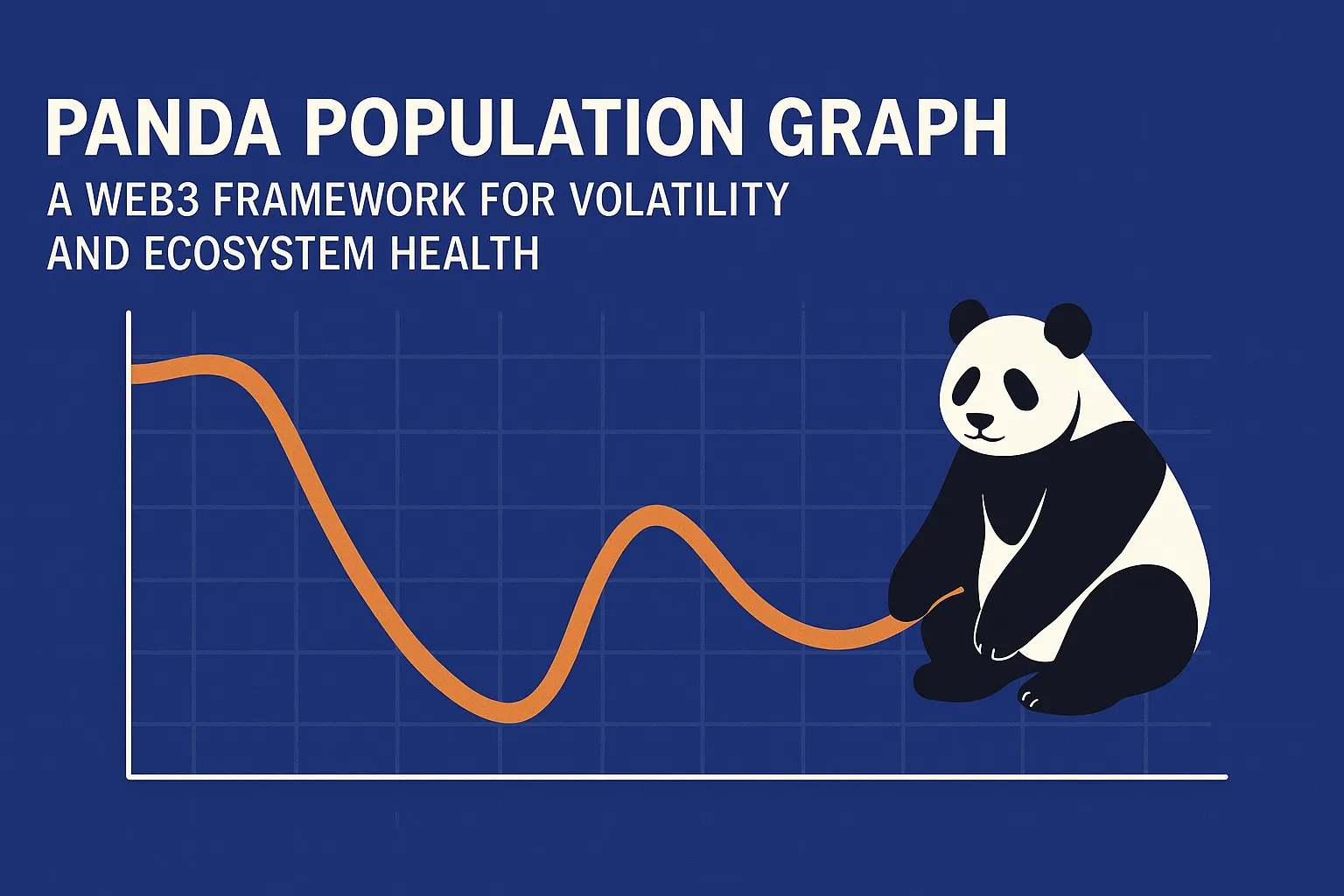Panda Population Graph for Web3 Ecosystem Modeling
Panda Population Graph: A Crypto-Native Paradigm for Ecosystem Modeling
In Web3, sustainability is not a buzzword — it’s a survival strategy. The panda population graph, originally used in ecological conservation, offers crypto traders, DAO operators, and protocol designers a compelling analogy for lifecycle dynamics, participation decay, and long-term volatility trends. In this article, we dissect this model from a purely crypto-native viewpoint.
Table of Contents
- Mapping DeFi Protocol Health Through Population Decay Models
- Graphing Recovery: How Dune Dashboards Mimic Wildlife Tracking
- On-Chain Signals That Mirror Habitat Restoration
- Designing Protocols That Adapt Like Species
- Why Web3 Needs Conservation Thinking
- FAQs
Mapping DeFi Protocol Health Through Population Decay Models
Mapping DeFi Protocol Health With Population Decay Models
Where pandas were endangered with extinction due to habitat loss and low fertility, DeFi protocols are endangered with collapse due to poor retention, unsustainable incentives, and regulation. Charting these declines on a panda population chart gives a frame of reference to gauge user base erosion, liquidity outflows, and development stalls.
| Ecological Phase | Crypto Parallel |
|---|---|
| Population Collapse | Liquidity migration, TVL drain, inactive governance |
| Conservation Start | New tokenomics, protocol upgrades, grants |
| Slow Recovery | Wallet growth, stable user cohorts, TVL stability |
| Rebound Threats | New L2 competition, exploit risk, community fatigue |
Graphing Recovery: How Dune Dashboards Mimic Wildlife Tracking
Dune Analytics allows you to track active addresses, contract activity, and TVL trends — the blockchain version of monitoring populations. A nicely set up dashboard should present ecosystem trends over the course of months or quarters, rather than weekly spikes.
- Use line graphs with smoothing (e.g., 30-day averages)
- Highlight inflection points following upgrades or proposals
- Track retention, not acquisition
These approaches mimic conservation biology, where comebacks are often gradual, subtle, and easily reversed.
On-Chain Signals That Mirror Habitat Restoration
Ecosystem recovery in crypto is not caused by hype or airdrops — it’s caused by:
- Regular governance engagement
- Smart contract redeployment
- Growing developer commitments
- Consistent long-term liquidity
These are the on-chain equivalents of panda births in nature or bamboo regrowth — patient, gradual, yet unmistakably tangible.
Designing Protocols That Adapt Like Species
Protocols that “evolve” — and this means evolving like biological species — last longer. Look at:
- Curve: Adaptive emissions and gauge voting
- Aave: Gradually expanding across chains with risk parameters fitted
- MakerDAO: Onboarding RWA gradually in altered DAI backing
These projects implement mutation mechanisms within — fitting parameters, incentives, and governance rules as they evolve in their ecosystem.
Why Web3 Needs Conservation Thinking
The panda population graph is more than an environmental chart — it’s a metaphor for systemic resiliency. DAOs, as ecosystems, live and perish by balance, regeneration, and diversity. If left to chance and their own devices, they’re susceptible to extinction like pandas were.
Web3 builders must learn from more than token prices, including:
- Voting cycle participation rates
- Velocity of liquidity over time
- Developer churn and repo behavior
Crypto-native conservation is about ensuring that a protocol’s sustainability to thrive — not merely endure — in both bull and bear markets.
FAQs
What is crypto equivalent of panda population graph?
It is a metaphorical template used to understand user activity, liquidity, and governance growth, reduction, and potential bounce-back in a crypto protocol — based on actual charts of animal populations.
Why on earth should crypto protocols care about ecological modeling?
Because long-term protocol well-being is similar to ecosystems — both require adaptation, balance, and forward-looking management to avoid collapse.
How can DAOs leverage this model?
DAOs can apply this model to track membership well-being, vote participation decline, and treasury drain — and correct course when warning signs of early decline emerge.
Do there exist graphical tools for these population-type curves?
Yes — Dune Analytics, The Graph, and Token Terminal all offer tools for constructing long-term, ecosystem-level visualizations of activity trends.
➔ Post created by Robert AI Team




